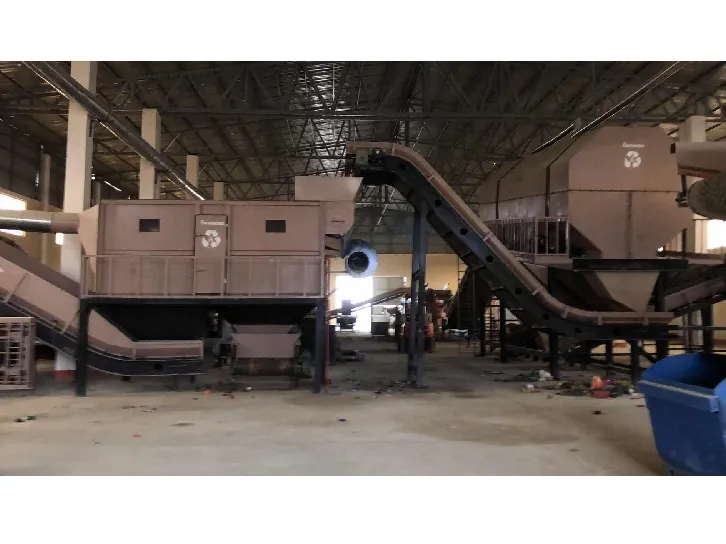

Nov . 04, 2024 02:30 Back to list
Metal Recycling Plant A Pillar of Sustainable Development
In today's rapidly industrializing world, the importance of sustainability cannot be overstated
. One of the key components of this sustainable approach is the metal recycling plant, a facility dedicated to the collection, processing, and repurposing of various metals. These plants play a crucial role in reducing waste, conserving natural resources, and minimizing environmental impact.Metal recycling involves the recovery of metal scraps from various sources, including discarded appliances, vehicles, construction materials, and industrial products. At a recycling plant, these metal scraps are sorted, cleaned, and processed to extract valuable metals that can be reused in manufacturing new products. This process not only helps to divert waste from landfills but also reduces the need for virgin metal extraction, which can be a resource-intensive and environmentally damaging process.
The benefits of metal recycling are manifold. Firstly, it significantly lowers energy consumption. The amount of energy required to recycle metals is considerably less than that needed to extract and process raw materials. For instance, recycling aluminum saves up to 95% of the energy required to produce aluminum from bauxite ore. This reduction in energy uses translates into lower greenhouse gas emissions, making metal recycling an essential strategy in combating climate change.

Secondly, metal recycling conserves natural resources. Mining and extracting raw metals often lead to habitat destruction, soil erosion, and water pollution. By recycling metals, we can reduce the pressure on these natural resources, ensuring their availability for future generations. Moreover, recycling helps to create a circular economy, where materials are continuously reused, thus minimizing the need for new resource extraction.
The operation of a metal recycling plant typically involves several key steps. Initially, the collection of metal scrap occurs through various channels, including drop-off centers, curbside pickups, and industrial contracts. Once the scrap arrives at the plant, it undergoes sorting and grading based on metal type. Advanced technologies such as magnetic separators and shredders are often employed to enhance efficiency in this process.
After sorting, the metals are cleaned and processed into raw materials that are suitable for manufacturing. This may involve melting metals down, which allows for the creation of ingots or sheets that can be sold to manufacturers across various industries. Notably, recycled metals can be used to produce a wide array of products, from construction materials to consumer electronics, fabricating a diverse range of items while significantly reducing the environmental toll.
Overall, metal recycling plants represent a crucial aspect of modern waste management and resource conservation. They not only mitigate environmental impact but also contribute to the economy by creating jobs and reducing manufacturing costs. As society continues to grapple with the challenges of climate change and resource depletion, the role of metal recycling will only become more vital. By supporting and investing in metal recycling initiatives, we pave the way for a more sustainable future, one where resources are valued and preserved, and our planet can thrive.
Latest news
Troubleshooting Common Eddy Separator Problems
NewsJul.04,2025
The Role of Metal Recycling Plants in Circular Economy
NewsJul.04,2025
The Impact of Recycling Line Pickers on Waste Management Costs
NewsJul.04,2025
Safety Features Every Metal Shredder Should Have
NewsJul.04,2025
How Industrial Shredders Improve Waste Management Systems
NewsJul.04,2025
How Cable Granulators Contribute to Sustainable Recycling
NewsJul.04,2025